Contributions minorities made to help the United States win World War II.
Contributions minorities made to help the United States win World War II.
In World War II many different people help the war effort. America is a very diverse country in that everyone has a background from another country. No one has true roots in this land besides the Native Americans. Caucasian were not the only one to contribute to the war effort, other minorities did as well.
Women in World War II who were pilots or “fly girls” contributed by flying planes to aid the troops. Women proved to be fully capable and brave enough to successfully complete their missions and test new planes. The girls flew almost every type of plane used in World War II, and flew airplanes from the factories to military bases and departure spots all over the country. Woman pilots fought to fly to replace men pilots so the men could fight in combat which the women were unable to do. Other jobs of the women included ferrying planes, towing targets for live anti-aircraft artillery practice, simulated strafing missions, and transporting cargo. In 1943, the woman air force service pilots or WASP was formed to better streamline command and to better distribute resources. 350,000 women served in the U.S. military and required 500 hours of flight training where as men required 200 hours. 25,000 girls applied for the air force and of that group only 1,830 were accepted and 1,074 graduated. Women were paid 250$ a month as men were paid 350$ per month. Women played a big role in contributing to the war effort and are now commemorated and thanked for their service.

African-American also played a role in the air force. These pilots were referred to as Tuskegee airmen. In World War II blacks were allowed to fight in the war but were segregated and mainly had laboring or other support positions. Eventually the men were given equal opportunity and training in the air force. The men fought in air combat and contributed to the eventual integration of the U.S. military. The Tuskegee airmen were trained in Tuskegee Alabama at Tuskegee institute, a segregated air force training campus. The men flew more than 15,000 sorties and they lost 66 men in the line of duty. The men fought in over 1500 missions in Europe and North Africa. None of the bombers that were escorted by the men were lost to enemy fire. 112 enemy planes were destroyed in air, 150 on the ground and 148 planes we damaged. This was the only squadron to hold that distinction in World War II. A very big accomplishment of the men, this also showed the men’s capability of fighting in the war. From 1941-1946 1,000 black pilots were trained. Because of the success of the Tuskegee airmen President Truman desegregated the military in 1948. In 1941 fewer than 4,000 blacks served in the military. By 1945 more than 1.2 million blacks served. The Tuskegee airmen were awarded 14 bronze stars, 744 air medals, and 8 purple hearts. This was a huge accomplishment of the African-Americans serving in the U.S. military and another step forward for equality in America.
The Navajo Indians contributed to the war effort and used their unique language to talk in code without the enemy being able to decipher the message. The Navajo Indians were fighting for the lands that ran deep in their blood. 46,000 Indians left their reservations for defense related jobs. 375 to 420 Navajo Indians were code talkers. The language did not yet have an alphabet or written form for others to study, making the code unbreakable. The language translated was an accurate copy of the order that was given and was considered a complete success. More than 44,000 Native Americans served. The U.S. generals then called for two hundred young well-educated Navajo men to serve as Marine communications specialists. The men served as messengers in combat. Of 7,000, 22 died and 7 won bronze stars. Gold medals were awarded to the original 29 code talkers The men proved to be very useful and valuable in the military and earned the respect they deserved.
These three groups showed that not just white men could help the war effort. The groups helped in many different parts of the military and executed their duties with pride as American citizens. I think the U.S. might not have had the same outcome in the war if it wasn’t for the efforts of the minorities. I believe the men in charge of letting the minorities join the military made a great decision and impact on equality in the United States. All Americans, any color, gender, or background are capable of fulfilling their duties and fight with a brave hearts in protecting this countries ideals and freedom.
Links to useful information:
Female WWII Pilots: The Original Fly Girls. (n.d.). Retrieved June 4, 2015, from http://www.npr.org/2010/03/09/123773525/female-wwii-pilots-the-original-fly-girls
World War II Database. (n.d.). Retrieved June 4, 2015, from http://ww2db.com/other.php?other_id=25\
Factsheets : Tuskegee Airmen. (n.d.). Retrieved June 4, 2015, from http://www.nationalmuseum.af.mil/factsheets/factsheet.asp?id=1356
Franklin D. Roosevelt Presidential Library and Museum – The Tuskegee Airmen. (n.d.). Retrieved June 4, 2015, from http://docs.fdrlibrary.marist.edu/tuskegee.html
World War II: Navajo Code Talkers. (n.d.). Retrieved June 4, 2015, from http://www.historynet.com/world-war-ii-navajo-code-talkers.htm
Women Aviators in World War II: “Fly Girls” | EDSITEment. (n.d.). Retrieved June 5, 2015, from http://edsitement.neh.gov/lesson-plan/women-aviators-world-war-ii-fly-girls#sect-background
(n.d.). Retrieved June 5, 2015, from http://www.pbs.org/wgbh/amex/flygirls/sfeature/bookexcerpt.html
About Us. (n.d.). Retrieved June 5, 2015, from http://www.tuskegee.edu/about_us/legacy_of_fame/tuskegee_airmen/tuskegee_airmen_facts.aspx
Prologue. (n.d.). Retrieved June 5, 2015, from http://www.archives.gov/publications/prologue/2001/winter/navajo-code-talkers.html
History. (n.d.). Retrieved June 5, 2015, from http://www.navajo-nsn.gov/history.htm
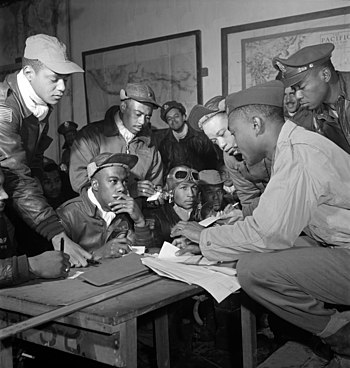
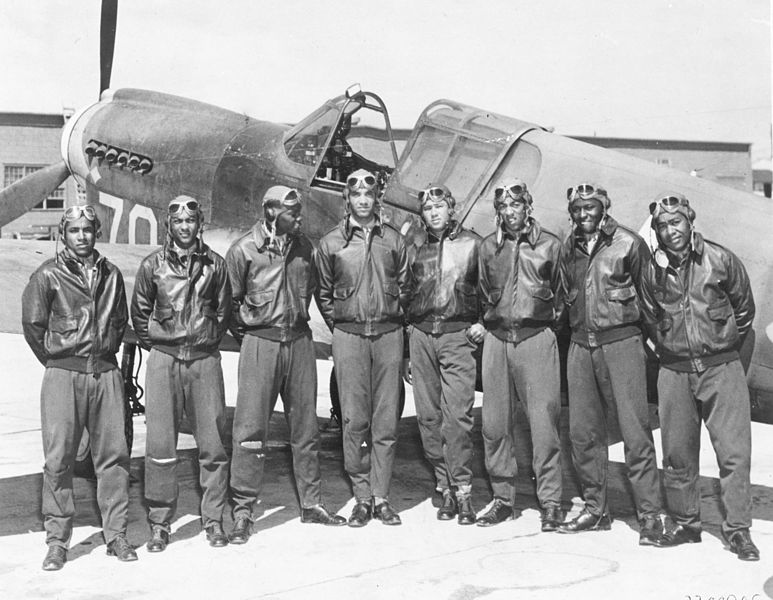


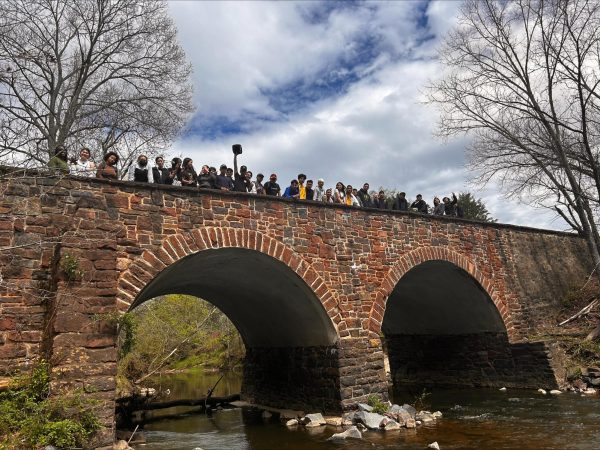
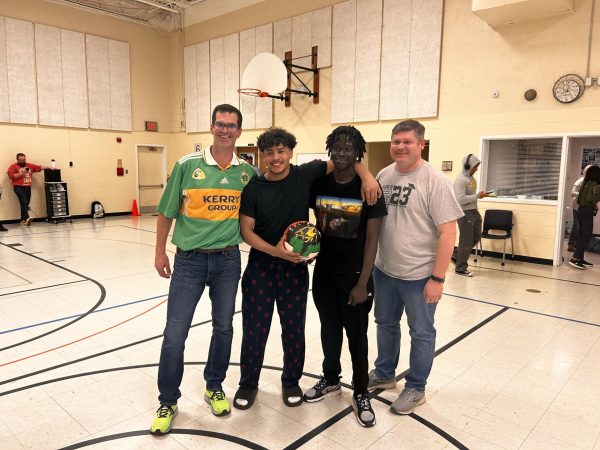





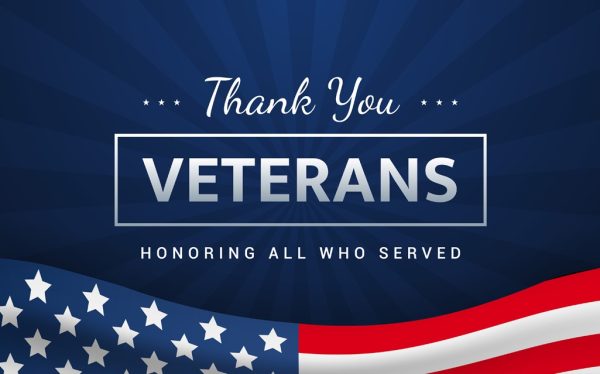
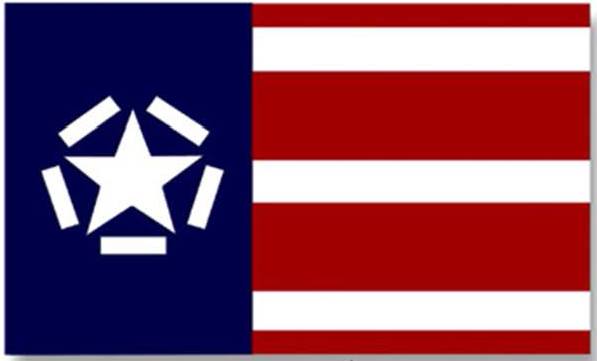

M.Wyatt • Jan 4, 2016 at 8:50 am
I learned more about the Tuskegee airmen and what they did and got more information in this link https://en.wikipedia.org/wiki/Tuskegee_Airmen
M.Wyatt • Jan 4, 2016 at 8:44 am
from this I learned more about the Tuskegee airmen and what they did here is a picture http://www.af.mil/shared/media/photodb/photos/020903-o-9999b-098.jpg